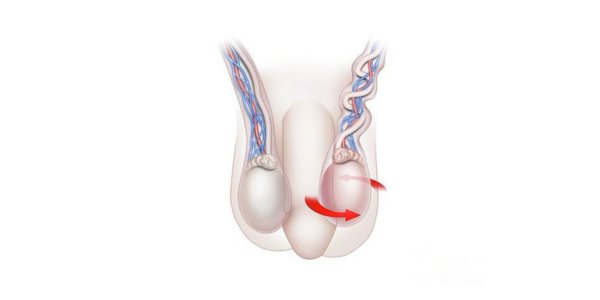Testicular Torsion
Understanding Testicular Torsion
What Happens When the Testicle Twists
Testicular torsion occurs when a man’s spermatic cord—the structure that provides blood flow to the testicle—twists unexpectedly. This twist cuts off circulation, causing intense pain and swelling in one testicle.
The condition can strike suddenly, often without warning. It’s considered a medical emergency because prolonged lack of blood flow can cause permanent damage or even lead to loss of the testicle. Though rare, it’s one of the most painful experiences men can have involving their reproductive system.
Why It Happens and Who’s at Risk
The main cause of testicular torsion is a structural issue known as the bell clapper deformity, where the testicle moves too freely inside the scrotum. This extra mobility makes it easier for the testicle to twist.
Teenagers between 12 and 18 years old are the most affected, though torsion can occur at any age—even before birth. Activities that involve sudden movement, minor trauma, or even sleep can trigger a torsion event.
Those with a family history of testicular torsion or previous episodes have a higher risk. Understanding the signs early is key to preventing long-term complications.
Recognizing the Warning Signs
Testicular torsion usually makes itself known quickly. The pain often appears suddenly and intensifies within minutes. Other symptoms include swelling, nausea, and abdominal discomfort. Here are five major warning signs to watch for:
-
Sudden, sharp pain in one testicle
-
Swelling or redness of the scrotum
-
Nausea or vomiting
-
A high-riding or oddly positioned testicle
-
Pain that doesn’t go away or worsens rapidly
If any of these symptoms appear, immediate medical attention is necessary. Waiting too long can result in irreversible damage.
Can It Fix Itself?
In rare cases, the testicle may untwist on its own, temporarily easing the pain. However, that relief is deceptive—the problem can easily return. Only surgery can permanently prevent recurrence and restore healthy blood flow.
How to Check Yourself
Men can perform a gentle self-exam by rolling each testicle between their fingers. Look for tenderness, swelling, or unusual positioning. Pain during touch or a sudden change in shape is a signal to get checked immediately.
How Fast Does Torsion Develop?
Symptoms can appear within minutes and worsen in less than an hour. In most cases, the window for successful treatment is six hours. Beyond that, the chance of saving the testicle drops sharply.
FAQ
What is the main cause of testicular torsion?
It’s primarily caused by the bell clapper deformity, which allows the testicle to twist more easily than normal.
What are 5 warning signs of testicular torsion?
Severe pain, swelling, nausea, scrotal redness, and a high-riding testicle are the most common signs.
Can testicular torsion fix itself?
It might temporarily untwist, but it won’t stay that way. Surgery is the only permanent fix.
How do I check myself for testicular torsion?
Gently feel each testicle for swelling or unusual positioning. Seek immediate help if pain or tenderness is present.
Who is most at risk for torsion?
Boys and young men between 12 and 18 are most vulnerable, especially if they have a family history of the condition.
How quickly will you feel testicular torsion?
The pain comes on suddenly and can reach full intensity in minutes—prompt treatment is critical.
What age is most common for torsion?
It’s most common during puberty but can occur at any age, even in newborns.
















